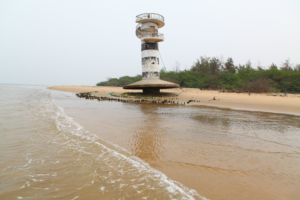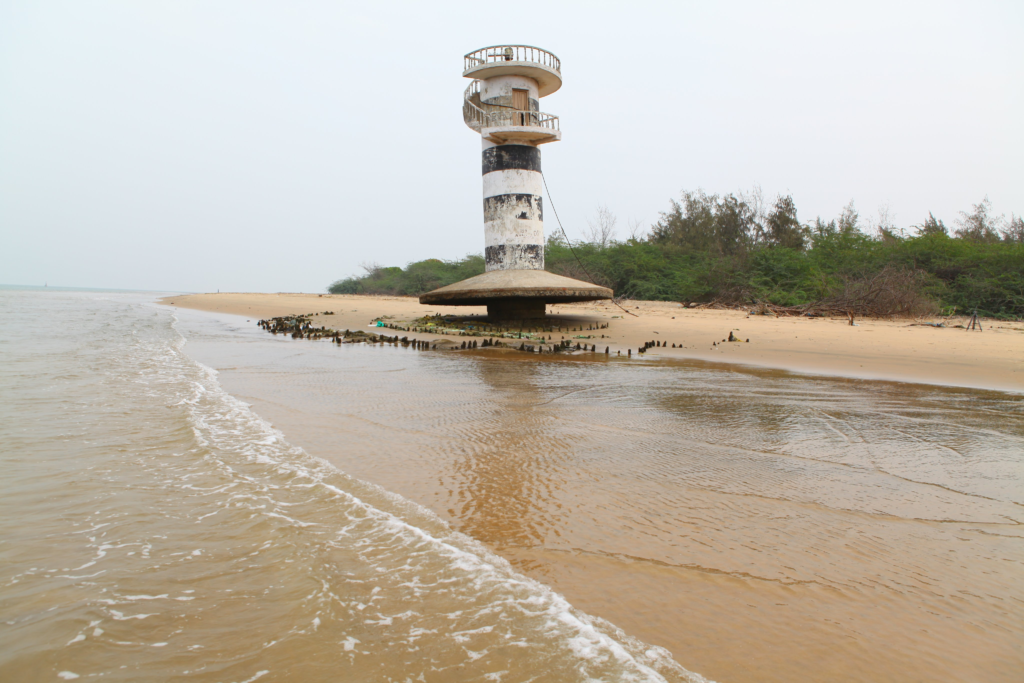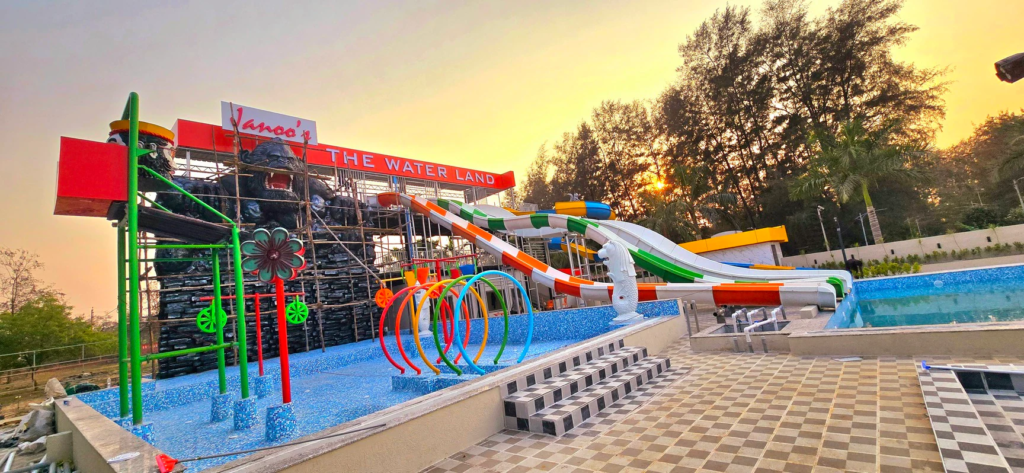Meta Description:
Explore how North and Middle Andaman Islands play a pivotal role in conserving the rich biodiversity of the Andaman archipelago, highlighting unique ecosystems, endemic species, and community-driven conservation efforts.
Table of Contents
- Introduction
- Ecological Significance of North and Middle Andaman
- Forest Diversity
- Marine Ecosystems
- Key Biodiversity Features
- Endemic Species
- Critical Habitats
- Conservation Efforts and Protected Areas
- Saddle Peak National Park
- Jarawa Reserve
- Challenges to Biodiversity Conservation
- Conclusion
1. Introduction
North and Middle Andaman Islands, part of India’s Andaman and Nicobar archipelago, are renowned for their rich biodiversity. These regions play a crucial role in preserving unique ecosystems and species, contributing significantly to the overall environmental health of the archipelago.
2. Ecological Significance of North and Middle Andaman
Forest Diversity
The islands boast a variety of forest types, including moist deciduous and evergreen forests. These forests are home to numerous plant species, many of which are endemic to the region. The diverse vegetation supports a wide array of wildlife, making these forests vital for ecological balance.
Marine Ecosystems
The coastal areas of North and Middle Andaman are characterized by rich marine biodiversity. Seagrass meadows, coral reefs, and mangrove forests thrive in these waters, providing essential habitats for marine life and acting as buffers against coastal erosion.

https://images.app.goo.gl/EVBnRQhrsq18UMi49
3. Key Biodiversity Features
Endemic Species
The islands are home to several endemic species, including the Andaman day gecko (Phelsuma andamanensis), known for its bright green color and red markings. Additionally, the Andaman cuckoo-dove (Macropygia rufipennis) and the Andaman serpent eagle (Spilornis elgini) are notable avian species found here.
Critical Habitats
The region encompasses several critical habitats, including mangrove forests and coral reefs, which are essential for maintaining biodiversity. These ecosystems support a variety of species and contribute to the overall health of the environment.
4. Conservation Efforts and Protected Areas
Saddle Peak National Park
Located in North Andaman, Saddle Peak National Park is a significant protected area that shelters a variety of species and ecosystems. The park’s diverse habitats provide refuge for numerous endemic and threatened species.
Jarawa Reserve
The Jarawa Reserve, spanning parts of Middle Andaman, is crucial for the conservation of indigenous tribes and their traditional lifestyles. It also serves as a sanctuary for various species, including the globally threatened Andaman Crake (Rallina canningi).

https://images.app.goo.gl/EHStve6M72Qra9Z6A
5. Challenges to Biodiversity Conservation
Despite conservation efforts, these regions face several challenges, including habitat degradation, invasive species, and climate change. Continued monitoring and adaptive management strategies are essential to address these threats and ensure the preservation of biodiversity.
6. Conclusion
North and Middle Andaman Islands are integral to the biodiversity of the Andaman and Nicobar archipelago. Through their unique ecosystems, endemic species, and protected areas, these regions contribute significantly to environmental conservation. Ongoing efforts are necessary to mitigate challenges and sustain the rich biodiversity for future generations.









